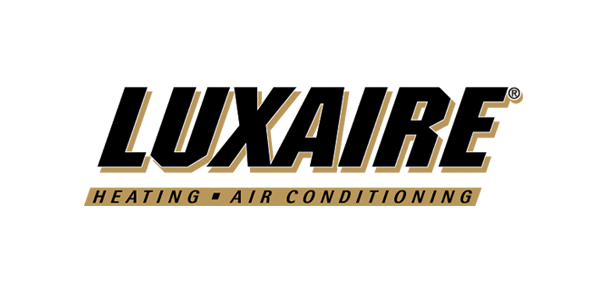HVAC Terms
Commonly Referenced Residential HVAC Terms
Like any industry, the heating, ventilation and air conditioning (HVAC) business has plenty of terminology that can be confusing to an outsider. All of the acronyms and industry-specific language can limit your ability to truly understand what's being discussed. But our guide can help. Continue reading to learn common terms and phrases.
Residential HVAC System Equipment
Air Handler
Part of a central air conditioning or heat pump system that transfers heated or cooled air throughout a home's ductwork. This function may also be handled by a furnace.
Condensing/Outdoor Unit
Part of a central air conditioning system that is outside. It acts as a heat transfer point for collecting heat from outside air or dispelling heat to the outside air.
Heat Pump
An air conditioner with a valve that enables alternation between heating and cooling.
Single Package
A heating and air conditioning system with all components encased in one unit outside the home that is used throughout the year.
Split System
A heat pump or central air conditioning system with both in-home and outside-of-home components. This is the most often used system for homes.
Unit Components
Compressor
The pump that moves refrigerant in a cycle, from the indoor evaporator coil to the outdoor condensing unit and back to the evaporator. It acts as the heart of the system's refrigerant circulation.
Condenser Coil
A refrigerant-filled tube network that removes heat from hot refrigerant vapor. The vapor then condenses into a liquid, which absorbs more heat.
Evaporator Coil
Part of a heat pump or central air conditioning system inside the home. It acts as the heat transfer point for both warming and cooling air.
Efficiency Ratings/Measurement
AFUE %
Annual fuel utilization efficiency. This measurement is used for furnaces and indicates how efficient a furnace is at producing heat. Higher AFUE ratings indicate a more efficient product. The government's established minimum AFUE rating for a non-weatherized gas furnace vented through a chimney is 81%.
BTU
British thermal unit. It's a measurement of the amount of heat required to raise the temperature of one pound (or one pint) of water by one degree Fahrenheit.
HSPF
Heating seasonal performance factor. This measurement is used for heat pump efficiency. A higher HSPF rating indicates a more efficient heat pump. There isn't a government-established minimum rating for HSPF.
MERV
Minimum efficiency reporting value. This measures the efficiency of air filters. A higher rating means a filter is more efficient in capturing air particulates.
SEER
Seasonal energy efficiency ratio. This measures an air conditioner's cooling efficiency. Ratings can be as low as 13 or as high as 20 or more. An air conditioner with a 21 SEER rating, for example, is extremely efficient.
Ton
A ton is the cooling capacity of an air conditioning system. The measurement is equal to the amount of heat required to melt one ton of ice over 24 hours. A one-ton air conditioner would be rated at 12,000 BTU per hour (BTUh).
Additional HVAC Terms
ASHRAE
The American Society of Heating, Refrigeration and Air-Conditioning Engineers is a not-for-profit trade organization. Founded in 1894, its goals include the promotion and advancement of heating, ventilation, air conditioning and refrigeration system design and construction.
Balance Point
When a heat pump's output is exactly equal to the heating needs of the home. Typically occurs when the outdoor temperature is between 30° F and 45° F. When the outdoor temperature is below this point, the heat pump must use supplementary electric resistance heat to maintain temperatures indoor.
Heat Source
The air or liquid heat from which heat is collected. In Luxaire® heat pumps, for example, outdoor air acts as the heat source.
Load Calculation
Load calculation helps HVAC professionals determine what size system a home requires, based on heat gain or heat loss.
Supplementary Heat
Usually electrical resistance heat, supplementary heat is the auxiliary or emergency heat used when outdoor temperatures are below a heat pump's balance point.
Variable Speed
A motor that can operate at varying speeds for increased accuracy in the control of heated or cooled air in the home.
Learn More
How Your System Works
HVAC is complex – but this guide will help you understand the basics of how your system keeps you comfortable.
Improving Air Quality
Air quality in the home is an important factor for comfort. Learn all about ways to boost your indoor air quality.
Learn About Energy Ratings
Learn about the various energy ratings and how they can help you create the perfect home comfort system.




